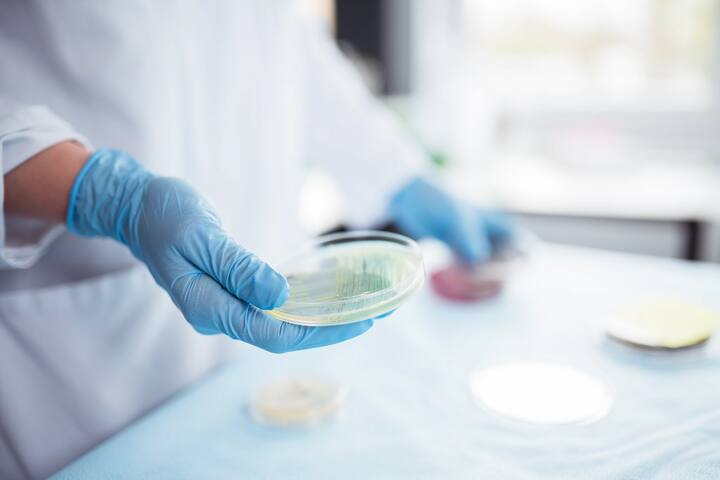
Challenge test: what, how and why?
19 February 2025
Challenge test: what, how and why?
As a food company, you must comply with the requirements of the Dutch Food and Consumer Product Safety Authority (NVWA). This includes a study into the shelf life of your ready-to-eat food products. The challenge test is an indispensable part of this.
Our experienced team of experts uses a challenge test to investigate the extent to which a microorganism can grow in your product. This tells you, for example, what Listeria monocytogenes does in your product in the event of contamination. We find this out by deliberately adding microorganisms and then measuring them.
What guidelines are used to perform a challenge test for Listeria monocytogenes?
At Normec Foodcare, we perform challenge tests in accordance with the EURL LM document Technical guidance document on challenge tests and durability studies for assessing the shelf life of ready-to-eat foods related to Listeria monocytogenes, or TGD for short. This is the European guideline for challenge testing.
We also work in accordance with additional requirements of the NVWA (Netherlands Food and Consumer Product Safety Authority) in the Netherlands and the FAVV (Federal Agency for the Safety of the Food Chain) in Belgium. A major advantage is that challenge tests immediately comply with the requirements described in Information Sheet 85 and also with Manual 85.
How a challenge test works
At the start (day 0), we take a measurement, as we do at several points during and at the end of the test's shelf life. This allows us to calculate how Listeria monocytogenes grows and determine whether the product can serve as a breeding ground for Listeria monocytogenes.
If this is the case, you can use the result of the challenge test to set intermediate limit values to ensure that the limit value (such as 100 cfu/g for Listeria monocytogenes) is not exceeded during the shelf life.
During the challenge test, we also take various parameters into account, including preservation, pH, salt, water activity and other microorganisms such as total plate count, yeasts and moulds, and lactic acid bacteria. This gives you a complete picture of the growth and/or inhibition of Listeria monocytogenes.
Substantiation of production batches
Measuring Listeria monocytogenes alone is not enough. The substantiation of the production batches used in the test is being scrutinised more and more closely. Before a food company can have a challenge test carried out by a laboratory, it must have relevant information about the product to be tested. This information must be used to demonstrate, among other things, that the products tested during the challenge test are representative of the regular production batches produced by the company. Questions are asked about production processes and specific product characteristics (such as preservatives, salt, pH, etc.) of the food product to be tested, including the variability between and within production batches.
To ensure this variability, a preliminary investigation can be carried out prior to the challenge test, in which at least five pH and aw measurements are requested per batch for at least three product batches (from different production days).